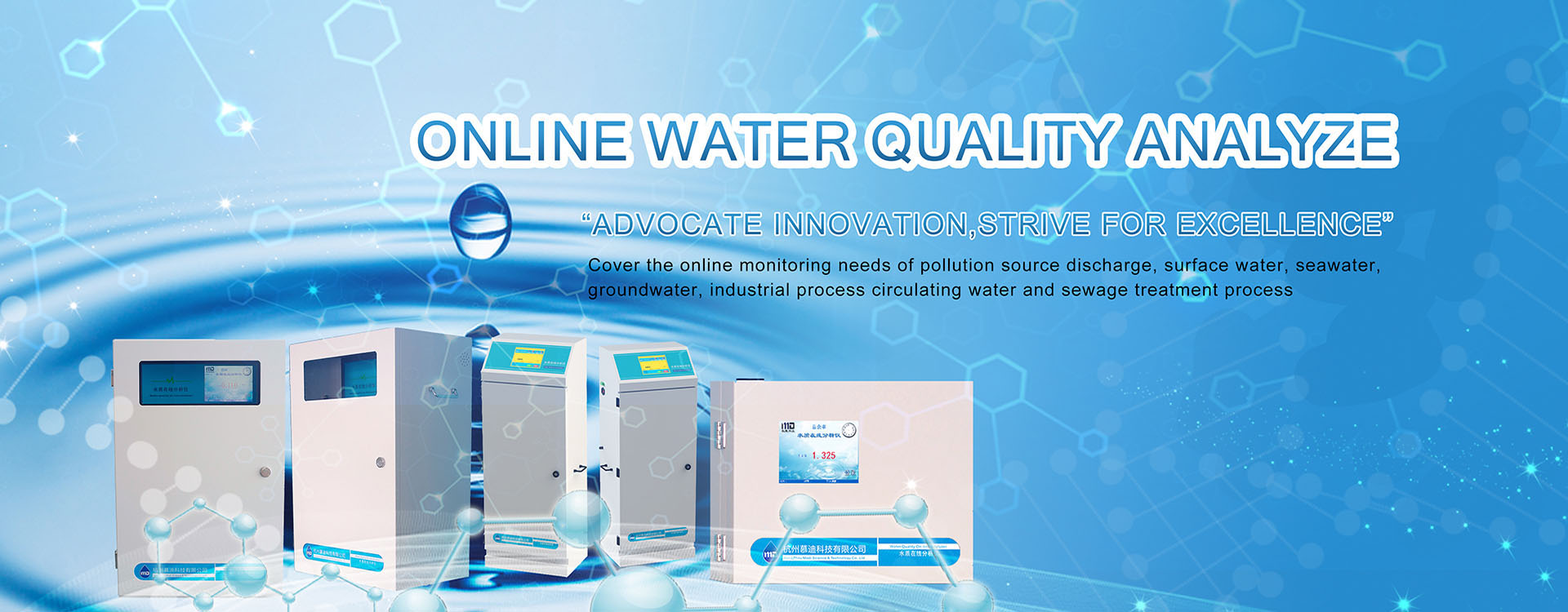In fact, there are many ways to detect chlorine in water, depending on what parameters you specifically detect. For example, we use a water quality analyzer for precision measurement, or use different methods such as DPD ferric titration and DPD colorimetry. As for the user’s specific use of what method can be determined according to their own situation!
In our lives, some of the water disinfection products will produce residual chlorine, which is more common in drinking water! In order to ensure the use of water standards, the staff will use disinfectants to treat the water body, so that some residual chlorine will be produced in the water body. Once the standard is exceeded, it is harmful to the human body, and whether the standard can be learned by testing!
Daily residents can use test paper to detect chloride ions in water, but the test paper can only tell you whether there are chloride ions in the water, but the specific data is not known. Therefore, in the waterworks and other industries, it is necessary to strictly use the water quality analyzer to monitor the chlorine in the water, of which the T8000-Cl chloride ion online analyzer produced by Modi is determined by the characteristic color method, and the RCl900 total residual chlorine online analyzer is used by the photometric method. Of course, the more common method is DPD photometry!
In fact, the total residual chlorine refers to the chlorine oxidizer added to the water, and after contact with the water for a period of time, the remaining residual chlorine content is removed by different substances in the water, including free residual chlorine and compound residual chlorine. Then in the water environment, the existence of residual chlorine is mainly caused by artificial chlorination, chlorination treatment is a kind of selective elimination of some bacteria, algae and other substances in the water with the help of the strong oxidation of chlorine. However, with the large use of chlorine, some harmful substances will be produced, so it is necessary to monitor the total residual chlorine in water!
After the water sample and anti-interference agent are automatically injected into the reactor, the color reaction will be automatically developed and the absorbance of the reactants will be measured, and the total residual chlorine content in the water can be directly detected through this absorbance!




